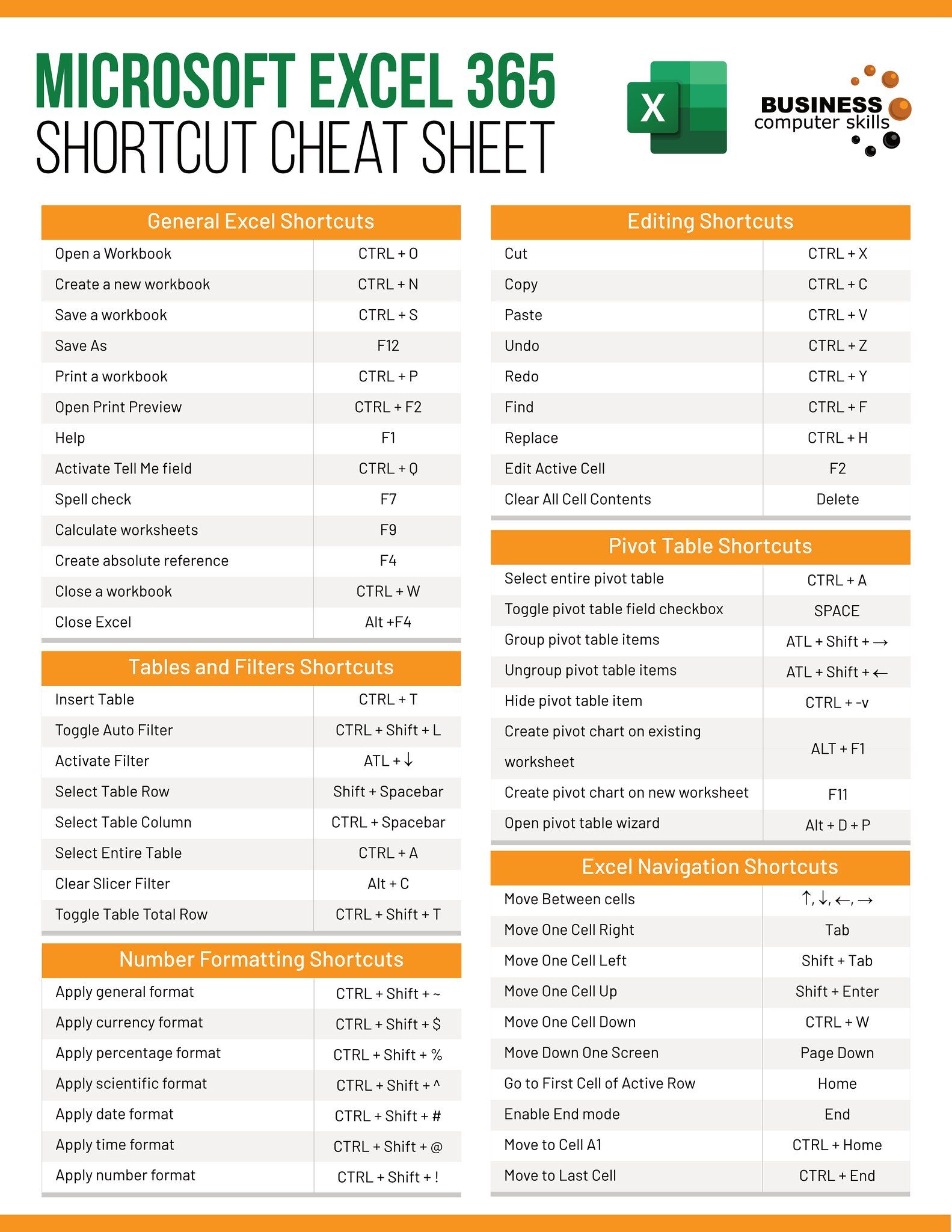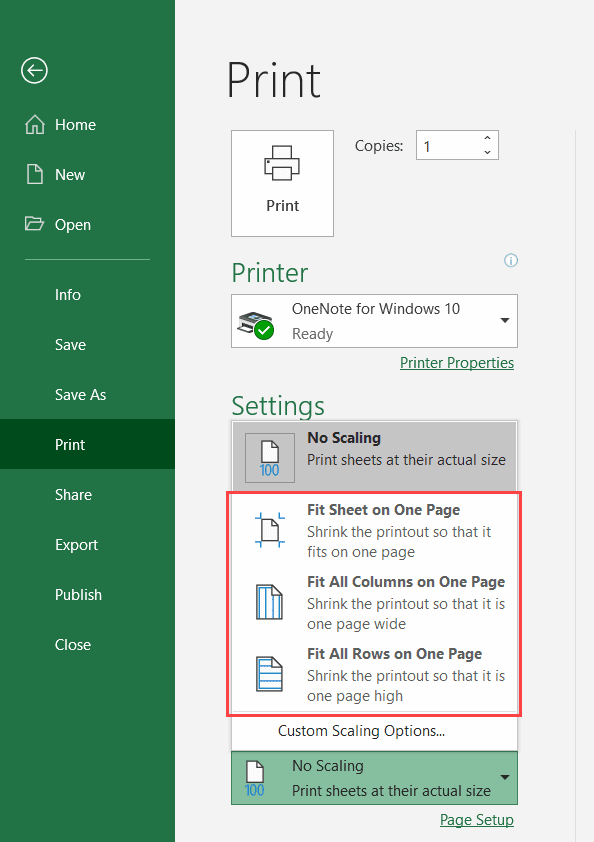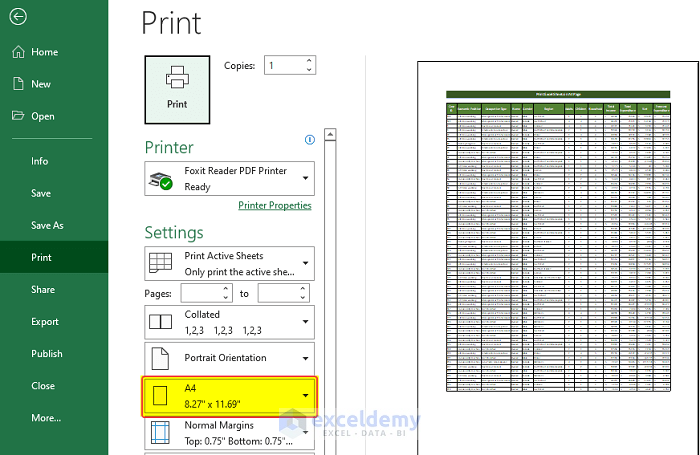Print Large Excel Sheets on One Page Easily

When dealing with large Excel spreadsheets, one of the common challenges is printing them out in a manner that keeps data concise and easily readable. Whether you're preparing for a meeting or need to create a physical record for your records, understanding how to effectively print your Excel sheet on one page can be invaluable. In this guide, we will explore various methods to ensure your data is presented in the most practical way.
Adjusting Page Layout Settings

To ensure your Excel spreadsheet prints on a single page, start with the Page Layout tab. Here are the steps:
- Set Margins: Open the Page Layout tab, select Margins, and choose Narrow. This will reduce the space on the edges of your document, giving you more room for your data.
- Page Setup: Click on the Dialog Box Launcher in the Page Setup group. Under the Page tab, you can:
- Change the Orientation to Landscape if necessary to fit more columns.
- Adjust the Scaling to fit your sheet to one page. You can use the Fit to option to specify how many pages you want your sheet to take.
💡 Note: Reducing margins might make your printout look cramped; always ensure readability.
Using the Print Preview for Optimization

Before sending your document to the printer, use the Print Preview option to:
- Check how your data will appear. If columns or rows get cut off, you might need to adjust further.
- If possible, reduce font sizes or header/footer sizes to save space.
Formatting Options for Better Printout

Sometimes, the key to fitting a large sheet onto one page lies in how you format your data:
- Reduce Font Size: Small reductions can sometimes be enough to fit everything.
- Hide Unnecessary Rows and Columns: If some rows or columns are not essential, hiding them can save space.
- Wrap Text: For longer entries in cells, using wrap text can prevent those entries from occupying entire rows.
- Condense Formatting: Excessive cell borders or conditional formatting can take up unnecessary space; consider simplifying.
Print Area and Print Titles

Setting a print area and titles helps when you want to focus on specific parts of your data:
- Print Area: Select the cells you wish to print, go to Page Layout > Print Area > Set Print Area. This can limit what gets printed, making it easier to fit on one page.
- Print Titles: To ensure headers repeat on each page, go to Page Setup > Print Titles. Here, you can define which rows or columns should be printed at the top or left of each page.
Useful Keyboard Shortcuts for Printing

To streamline your printing tasks, consider these shortcuts:
- Ctrl + P - Opens the Print Dialog Box.
- Ctrl + F2 - Directly opens Print Preview.
- Alt + P, R - Opens the Page Layout tab in Print Preview to adjust settings quickly.
Printing large Excel spreadsheets on one page can be straightforward with the right techniques. By adjusting page layout settings, using print preview for optimization, formatting your data, setting print areas and titles, and knowing useful shortcuts, you can manage and print your data effectively. These steps will not only save paper but also ensure your data is presented in a way that's easy to understand and analyze.
What if my data still won’t fit on one page?

+
If your data is too extensive, consider summarizing it, using grouping features in Excel, or printing over two pages with clear headers and footers for readability.
Can I set different print settings for different sections of my Excel sheet?

+
Yes, Excel allows you to set different print settings for different sections by using page breaks, print areas, and by adjusting settings for each section individually in Page Setup.
Does reducing margins affect the readability of my Excel printout?

+
Yes, excessively reducing margins can make the printout cramped and hard to read. Balance is key; ensure the text remains legible while fitting on one page.



